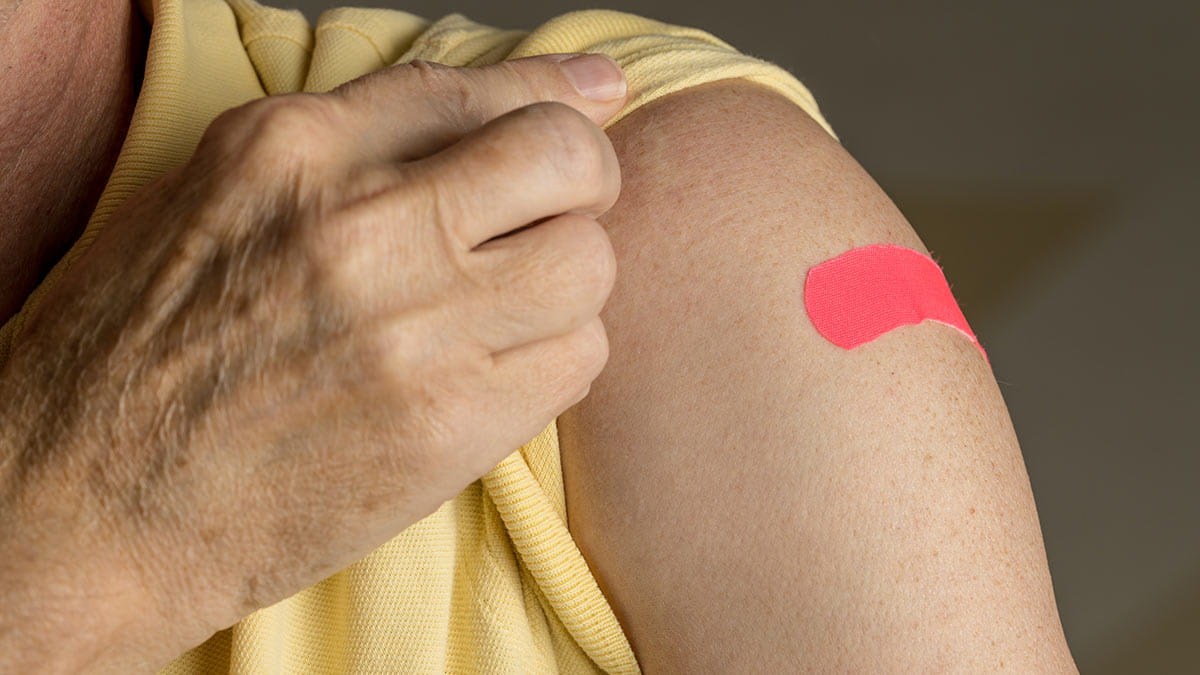Is jewelry causing that skin rash?
 It’s the end of the day. You take off your go-to pair of earrings that you wear all the time and notice your ear lobes are covered with itchy red bumps. That rash may be the sign of a nickel allergy.
It’s the end of the day. You take off your go-to pair of earrings that you wear all the time and notice your ear lobes are covered with itchy red bumps. That rash may be the sign of a nickel allergy.
Allergies are the 6th leading cause of chronic illness in the U.S. and more than 50 million Americans experience various types of allergies each year. Nickel isn’t one of the more typical allergens but is a common cause of skin allergies. Here are answers to five common questions about nickel allergy:
What is nickel allergy?
Nickel is found in costume jewelry, watchbands, belts and eyeglass frames. Nickel allergy is different from your typical environmental, animal or food allergy. With those allergies, people usually experience an immediate reaction. If it’s environmental, you usually get sinus symptoms such as itchy eyes, runny nose and congestion. With animal allergy, you have the same sinus symptoms and may have difficulty breathing and hives. Food allergy symptoms include hives, swelling, shortness of breath, chest tightness or vomiting shortly after the exposure.
With nickel allergy, it takes a while for the immune cells to become sensitized. It could be months or years before you develop the contact dermatitis the allergy causes. The itchy red and sometimes blistering rash develops over time and it can take a long time to go away if left untreated.
What causes nickel allergy?
The cause of nickel allergy is unknown and there aren’t any risk factors for nickel allergy, unlike with the typical environmental, animal or food allergies. If you have a strong family history of environmental, animal or food allergies, you have a higher risk of developing an allergy. With allergies that cause contact dermatitis, it’s really hard to predict who will get it and when. There are people who may have used a product or been exposed to something their entire lives and, all of sudden, they start reacting to it because their immune cells have become overstimulated.
How is nickel allergy diagnosed and treated?
When I see a patient who thinks they have a nickel allergy, I take a good clinical history based on the location of the rash. I may also recommend patch testing. Patch testing is a little different from our typical allergy testing, where we’re doing a scratch test to look for immediate allergens. Patch testing involves taping allergen chambers to the back and leaving them on for 48 hours. One to two days after the patch is removed, the area of the back is examined and graded by a doctor. Sometimes people have a little redness all the way up to full on blisters. Then we know what degree of allergy they have.
How is nickel allergy treated?
Nickel allergy is usually treated with a topical steroid. You might be able to get away with an over-the-counter ointment but, if it’s a little more extensive, I’ll prescribe a prescription-strength topical steroid cream or ointment. If it’s really severe, you may need oral steroids to get the reaction to calm down.
How do you prevent nickel allergy rashes?
We really focus on prevention to keep nickel allergy rashes at bay. Wear gold, platinum, stainless steel or nickel-free jewelry. Silver jewelry is often a mixture of metals, so you need to make sure the silver doesn’t contain nickel. Use cloth, leather or plastic watchbands. If you have issues with belt buckles, wear an undershirt that tucks into your pants or skirt so there’s nothing rubbing against your skin. People have tried painting the item with clear nail polish, but there’s no scientific evidence it works. Usually, we just try to eliminate nickel or put a barrier between the skin and the allergen.
Kara Wada is an allergist and immunologist at The Ohio State University Wexner Medical Center.




